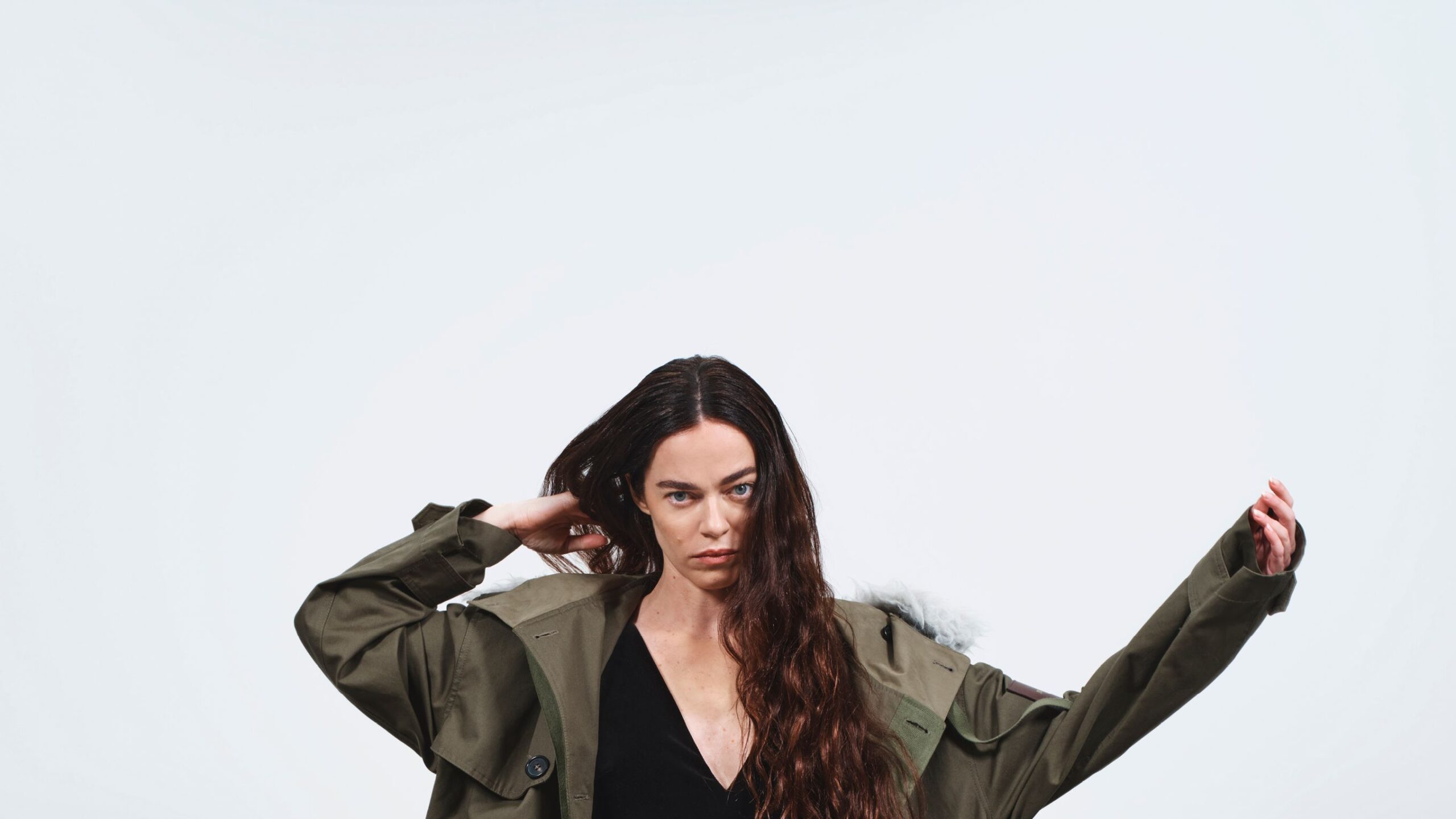“The show is the store,” Jonathan Anderson declared. The news on his own brand, JW Anderson, is that he’s stopping runway shows. From now on, his shops are to be the main event: “It’s going to be about: this is how I live. This is my world, what I collect, that’s part of me.”
Anderson has collected people as well as arts and crafts over the 15 years since he started his enterprise in London. His lookbook is inhabited by a constellation of the society he enjoys and who enjoy being around him in turn: the movie director Luca Guadagnino; Bella Freud (who psychoanalyzed him on her brilliant Fashion Neurosis podcast); the actor Ben Whishaw; the artists Anthea Hamilton, Pol Anglada, and Enrico David —take your pick.
But his presentation in Paris—a kind of template exhibition in a gallery of what his future stores will contain—wasn’t a celebrity affair. Anderson has created a “blunt”—his word—environment where his own clothes and others that are locally sourced will sit alongside a plethora of things such as traditional Irish tea-towels woven with the words peace, craft, and art; a Welsh blanket; hand-crafted stick chairs; specially commissioned Wedgewood by Lucie Rie; a tiny still life by Gwen John; a set of restored vintage garden tools; and a flock of very silly crocheted British garden bird keyring charms. Again, something to catch your eye wherever you look. “I do believe that high and low can exist together as long as it’s good design,” he said.
This comprehensively clears up the question of how Anderson was going to cope with running his own brand while being one of the new masters of the fashion universe at Dior. Some speculated that he’d close his small London label, or hand over its creative direction to a designer nominated by him. Instead, Anderson is launching something a whole lot more intelligent, heartfelt, and timely. It takes across everything he did to integrate art and crafts at Loewe, and mixes it with the love of corner-shopkeeping he played at as a child at home in Northern Ireland. Simultaneously, it’s a smart way to halt the ruinous expense of showing and wholesaling for a small brand like his.
“I was questioning the reality of putting on a million-pound show for a small brand every season,” he said. In a plan that will see him open a store in Pimlico (an interior design destination) in London, and at a small number of locations in Milan and New York, his clothes will be regarded as stock, replenished as and when they sell out, set amongst objects and art pieces.
It’s also an enormously clever strategy in this post-Covid era when young people are craving IRL experiences and when big retail has gone deadly boring. Anderson has engineered a solution for escaping the hamster-wheel of shows, while creating a magnet for many kinds of shoppers—young fans to high-brow browsers of every gallery-visiting generation. The collection, including all the knits Anderson excels in (such as the brilliant, slightly off-kilter argyles made in collaboration with Pringle of Scotland), will also be available online, although a select few pieces may be sold to retailers that agree to his “tough conditions.”
His concept of a store as a personally curated space, selling all sorts of art and craft objects as well as clothes and accessories, is an old one, as well as a new one. Boutiques and concept stores—say like Colette used to be in Paris—died out so long ago they’re but a folk legend to the youngest people, while still being sorely missed by everyone who was compelled to make pilgrimages to discover new things at such places. When Anderson opens his redesigned shops, he’s going to be an industry outlier, yet again. Par for the course.
